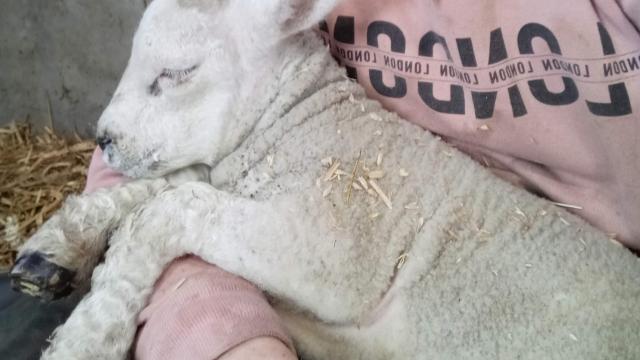
A second year Natural Sciences student at St Catharine's, LukasFiedler (2018), has co-written a paper with Oldrich Nedved that was published on 25 November 2019. The article, Fifty Shades of the Harlequin Ladybird and a Sexually Transmitted Fungus, was published by the Journal of Insect Science.
Lukas used techniques from his first year Mathematical Biology courses and applied these to a dataset he had collected while in secondary school to study the relationship between an ectoparasitic fungus and the colouration of harlequin ladybirds.
The harlequin ladybird is an example of a globally invasive organism. It was originally introduced to the USA in the first half of 20th century to mitigate agricultural pests. Since then, it has spread almost all around the world and started causing major problems. It poses threats to native ecosystems (numerous European ladybird species have declined in abundance due to the arrival of harlequins), it is toxic to both humans and their pets, interferes with wine production, and acts as a household invader.
Understanding basic aspects of biology of harlequin ladybirds is therefore crucial for development of strategies for biological control and management. The ladybird is also important as a model species in evolutionary biology because it exhibits complicated colour polymorphism (which contributed to its invasive success). Convoluted selection pressures shaped the ladybird colouration in the past. These were, for instance, signalling of toxicity to bird predators, temperature-dependent development of black patterns, and frequencies of genetic colour forms which change depending on climate conditions.
One of the main features which distinguishes the invasive ladybird from native European species is that the harlequins can have multiple generations during a single season. The overlapping generations allow for the spread of sexually transmitted diseases (STDs).
Studies of natural enemies of the ladybird are needed because they could enable us to control its invasion progress. The paper by Lukas investigated how a parasitic fungus which grows on the ladybird surface spreads between its generations during copulation (as an STD).
For further details, please read the full article here.
Lukas Fiedler, Oldrich Nedved, Fifty Shades of the Harlequin Ladybird and a Sexually Transmitted Fungus, Journal of Insect Science, Volume 19, Issue 6, November 2019, 10, https://doi.org/10.1093/jisesa/iez107




